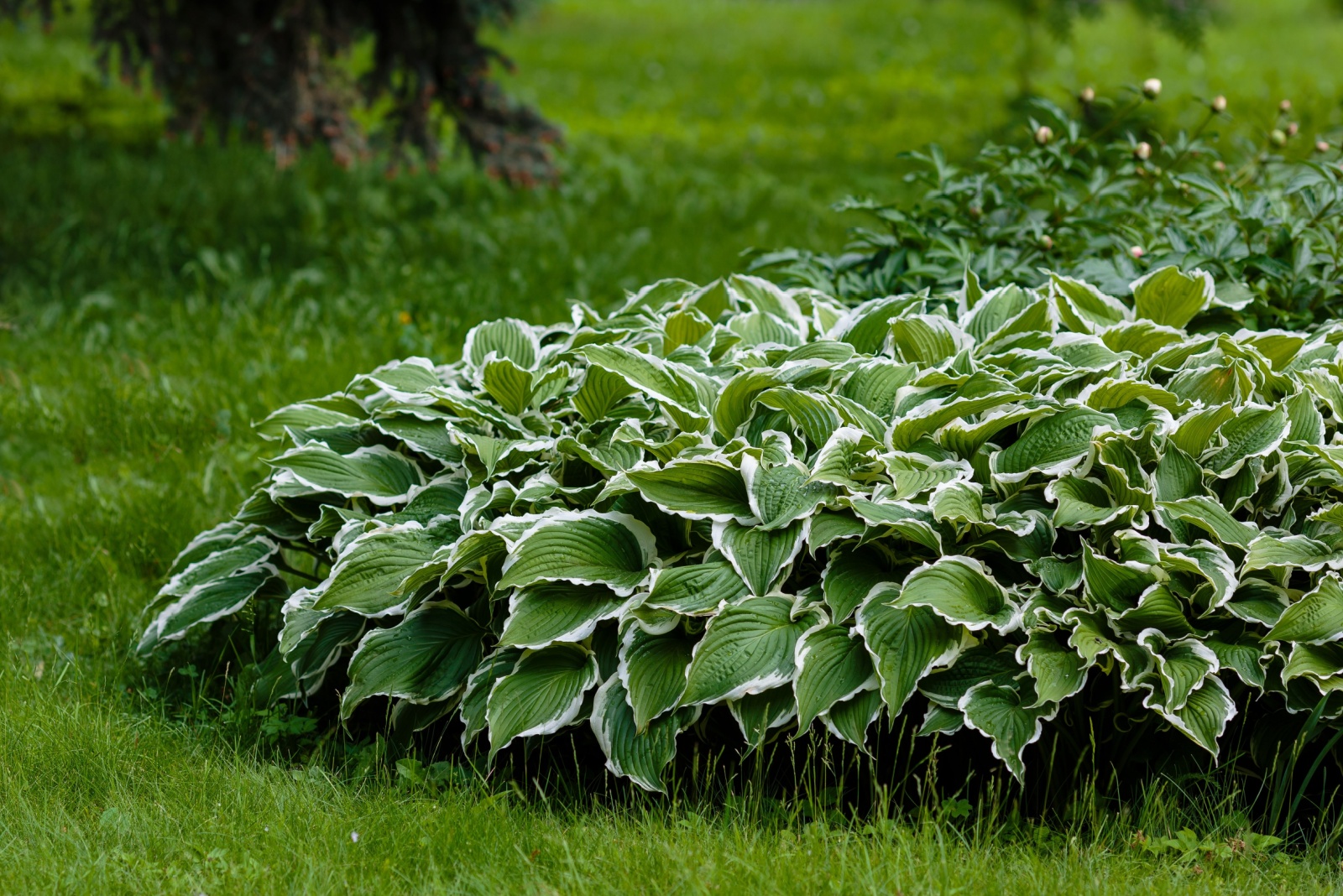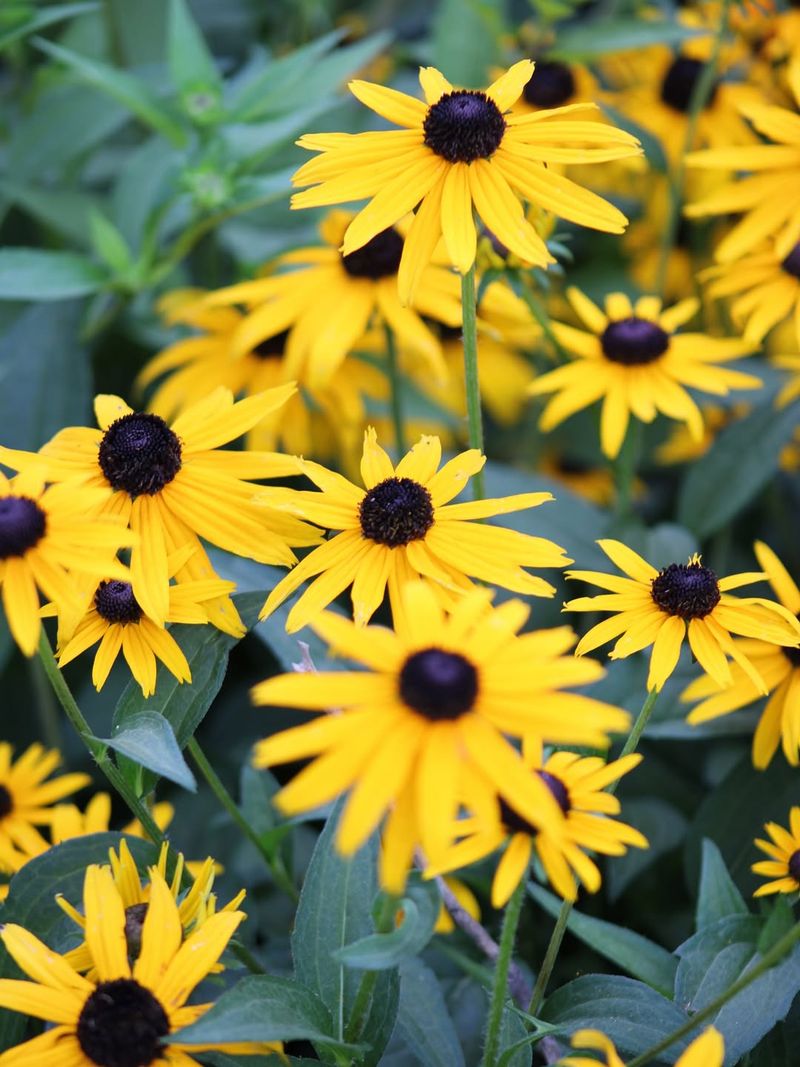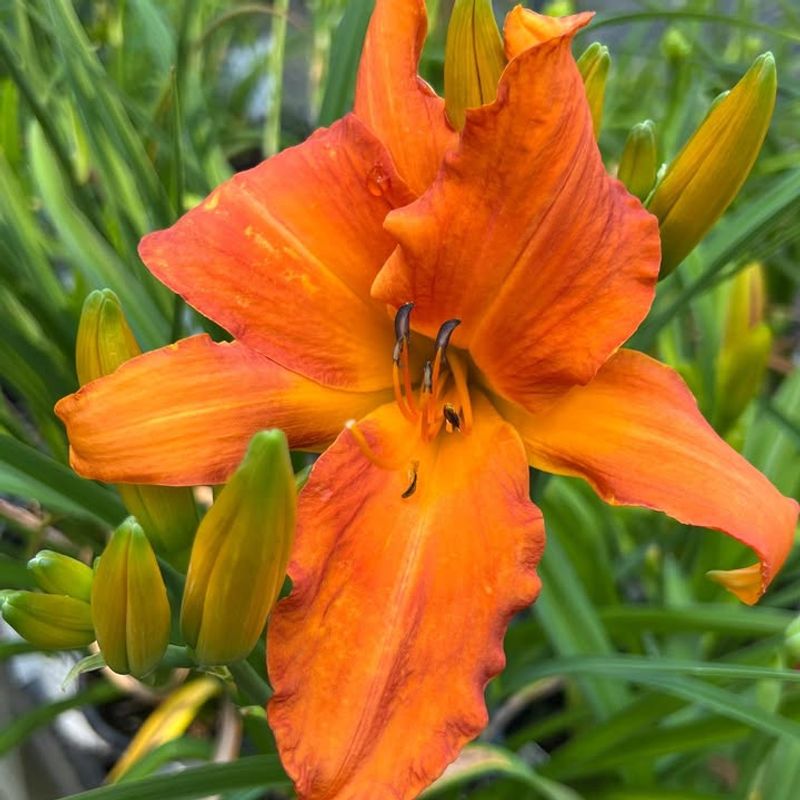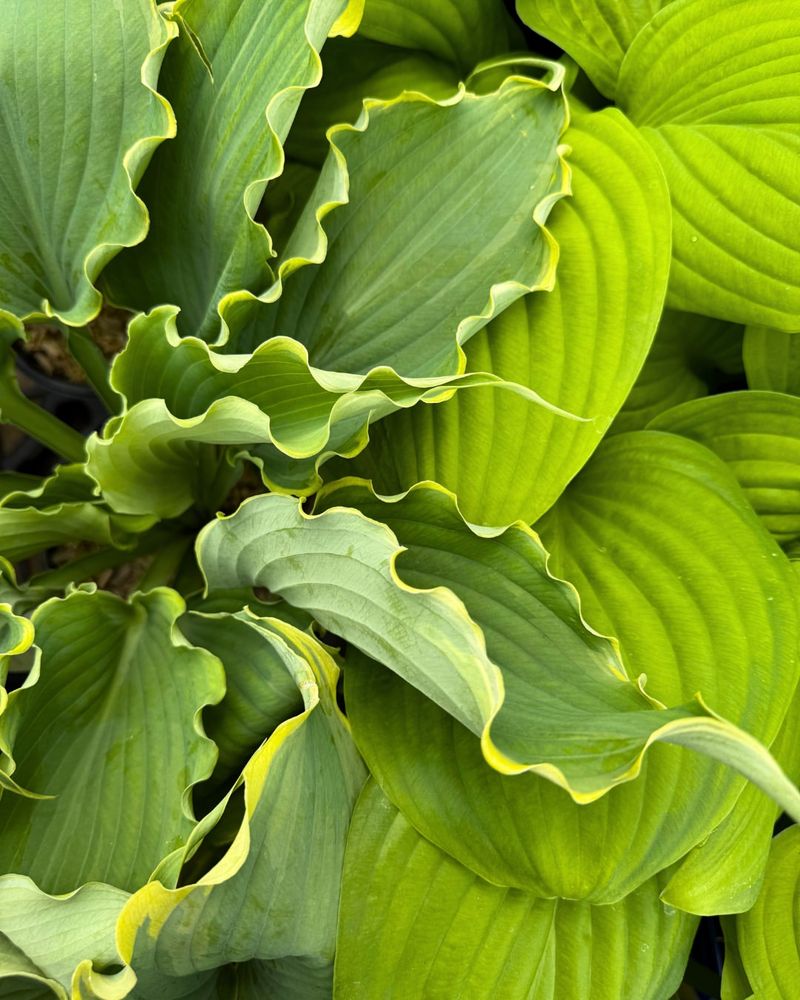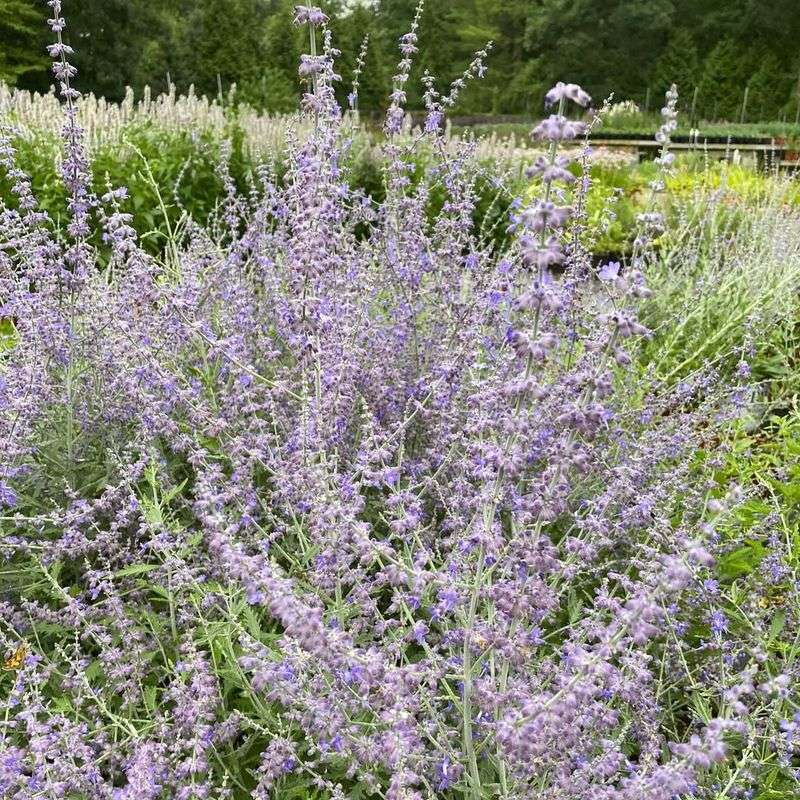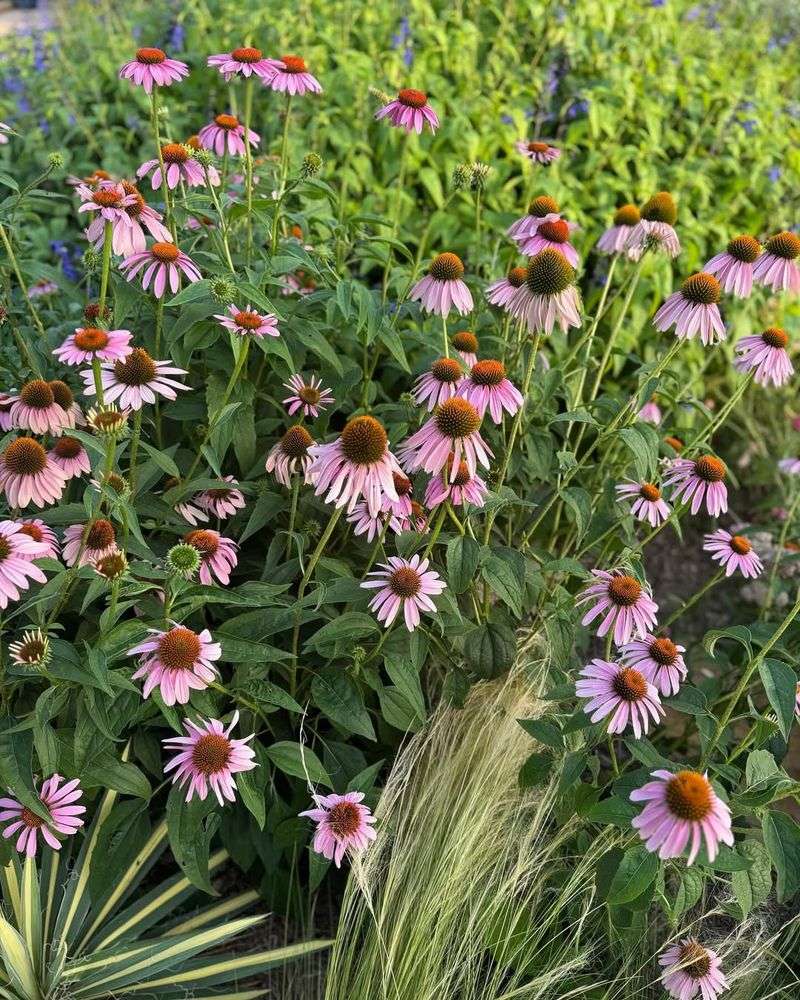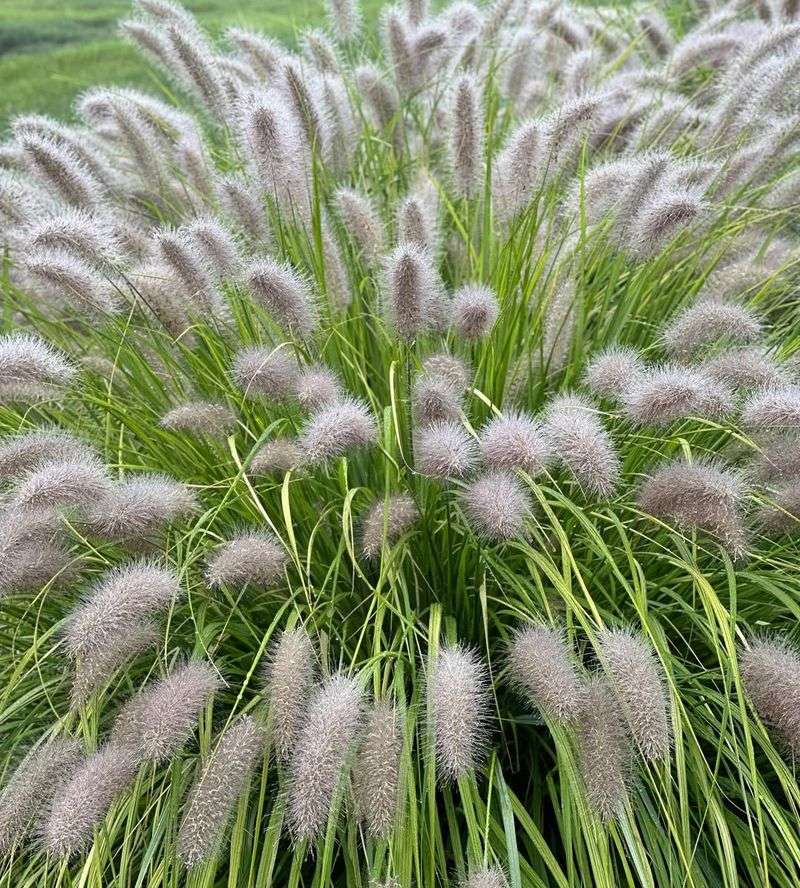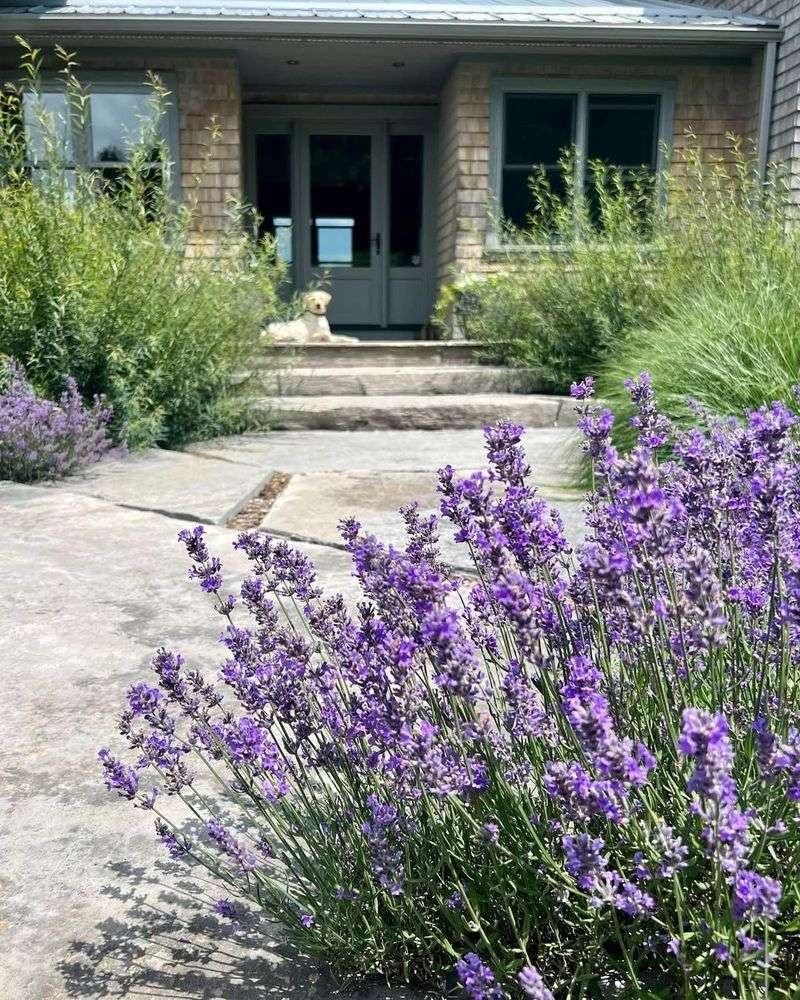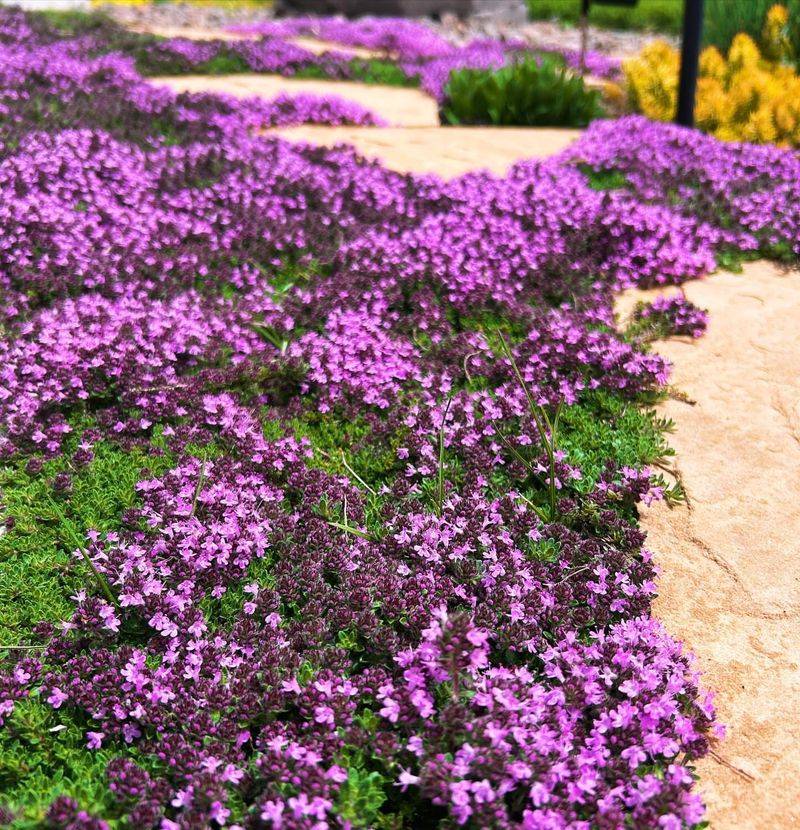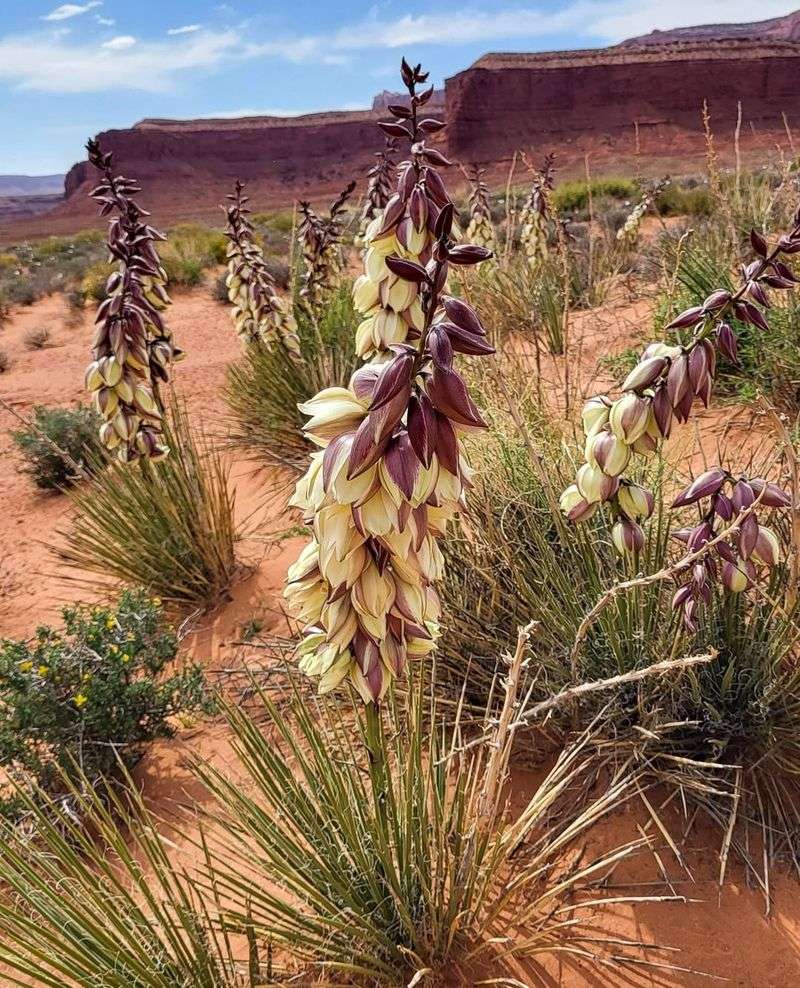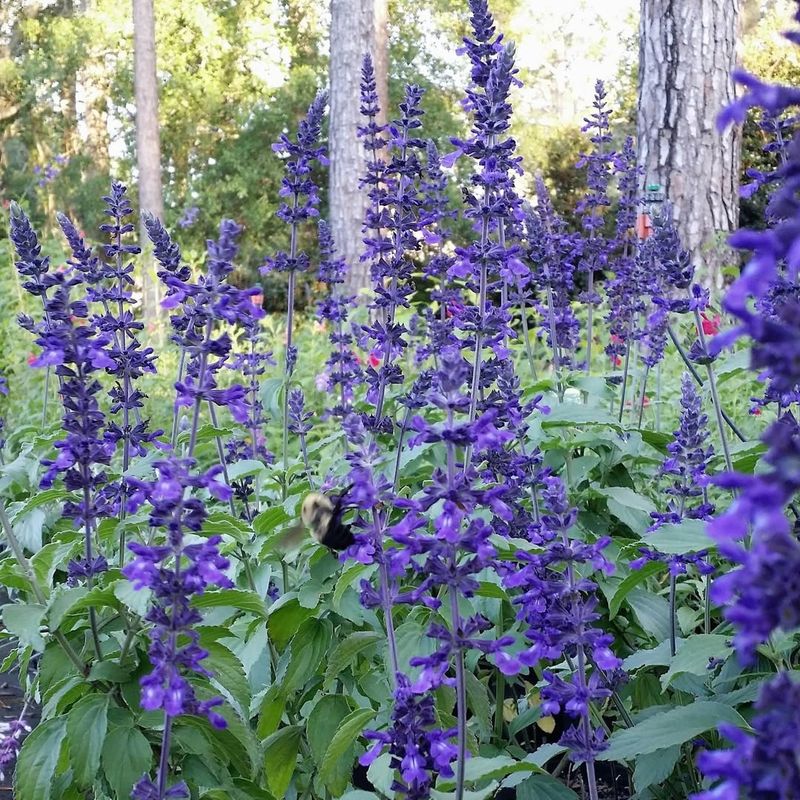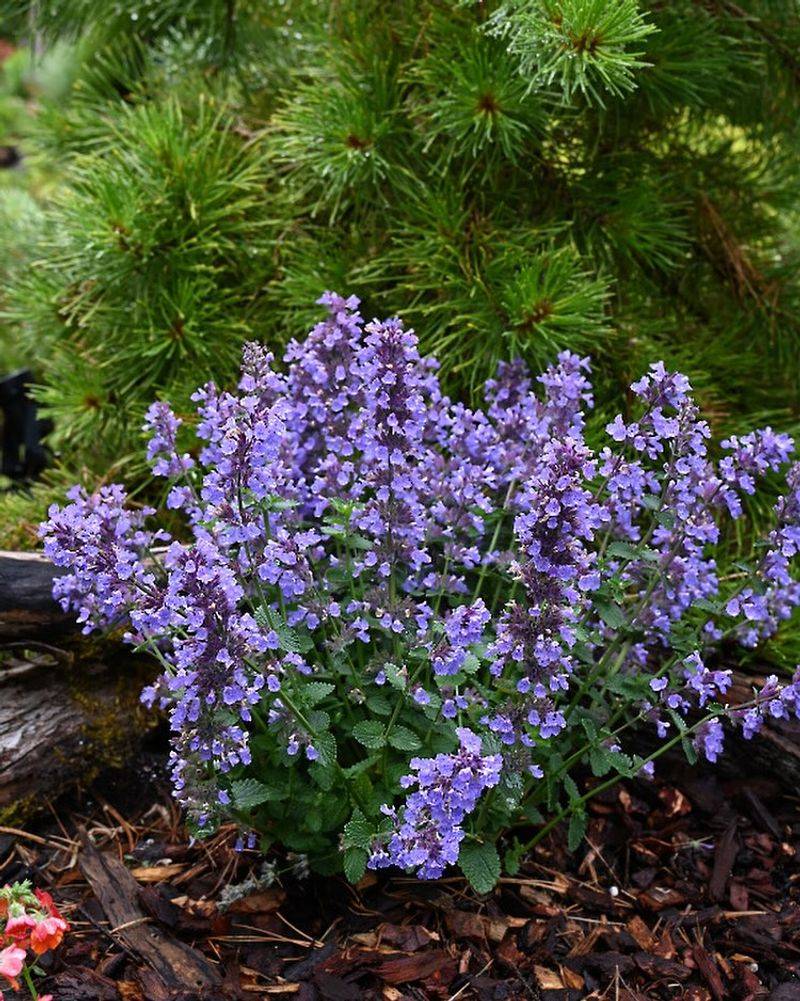I crave a yard that stands strong without fuss, so I turn to plants that hold their own through heat, cold, and curveballs. I want color that pops, structure that stays sharp, and greenery that refuses to throw in the towel.
I built this list around tough-as-nails picks that save time, cut stress, and still steal the show. With these hardy choices in place, my landscape stays lively while my workload stays light. If you want the same, make sure to check these hardy plants out.
1. Black-Eyed Susan
Honestly, if there’s one flower that never lets me down, it’s this cheerful yellow beauty. Black-Eyed Susans pop up year after year without any babying, and they bloom from summer straight through fall. They’re like that reliable friend who always shows up.
Plant them in full sun and just about any soil type, and they’ll reward you with endless golden blooms. They handle drought pretty well once established, so you’re not stuck with a hose every evening. Plus, butterflies absolutely adore them, which makes your garden feel even more alive.
2. Sedum (Stonecrop)
Sedum is basically the plant version of a camel. It stores water in those thick, fleshy leaves, which means you can forget to water it for weeks and it won’t even complain. I’ve seen these little guys thrive in the hottest, driest spots where nothing else would survive.
They come in tons of varieties, from low groundcovers to taller upright types with gorgeous pink or red blooms. Perfect for rock gardens, borders, or anywhere you need something foolproof. They’re also deer-resistant, which is a huge bonus if you’ve got wildlife visitors.
3. Daylilies
Here’s a fun fact: each daylily bloom only lasts one day, but the plant produces so many buds that you’d never know it. My neighbor has a patch that’s been going strong for over 20 years with almost zero maintenance. Talk about commitment-free gardening.
These plants tolerate everything from full sun to partial shade and aren’t picky about soil. They spread nicely over time, filling in bare spots without becoming invasive. Choose from thousands of colors and sizes to match whatever look you’re going for in your yard.
4. Hosta
If you’ve got a shady spot that feels like a gardening dead zone, hostas are your answer. These leafy beauties actually prefer shade, which makes them pretty unique. I love how their foliage comes in so many colors, from deep green to blue-gray to variegated patterns that look hand-painted.
Once planted, they come back bigger and better each spring with basically no effort from you. They’re perfect for filling in under trees or along shaded walkways. Just watch out for slugs in really damp areas, though a bit of mulch usually keeps them manageable.
5. Russian Sage
With its silvery leaves and dreamy purple blooms, Russian Sage looks delicate but it’s actually tough as nails. It thrives in hot, dry conditions where other plants would wilt, and deer won’t touch it because of its aromatic foliage. The airy texture adds such a soft, romantic vibe to any landscape.
Plant it in full sun with well-drained soil, then pretty much forget about it. It blooms from midsummer into fall, giving you months of color. A quick trim in early spring keeps it looking tidy, but that’s honestly all the maintenance it needs.
6. Coneflower (Echinacea)
Coneflowers are like the superheroes of the perennial world. They handle heat, drought, poor soil, and still manage to look absolutely stunning with those bold, daisy-like blooms. I’ve watched goldfinches perch on the seedheads in winter, which is such a sweet bonus for bird lovers.
They’re available in traditional purple-pink, but also white, yellow, orange, and even red varieties now. Plant them in a sunny spot and they’ll multiply over the years, giving you more flowers without any extra work. They’re also fantastic as cut flowers for indoor arrangements.
7. Ornamental Grasses
There’s something so calming about watching ornamental grasses sway in the breeze. Varieties like fountain grass, switchgrass, and maiden grass add movement and texture that regular flowers just can’t match. They look good from spring green through winter tan, giving you year-round interest.
Most ornamental grasses are incredibly low-maintenance and drought-tolerant once established. They rarely need dividing, don’t attract pests, and only require one annual trim in early spring. Use them as focal points, borders, or even privacy screens depending on the variety you choose.
8. Lavender
Is there anything better than brushing past lavender on a summer evening and catching that incredible scent? Beyond smelling amazing, lavender is ridiculously easy to grow in the right conditions. It’s drought-tolerant, deer-resistant, and attracts all the good pollinators to your yard.
Give it full sun and well-drained soil, especially if you live somewhere humid. It doesn’t like wet feet, so avoid overwatering or planting in clay. Trim it back after flowering to keep it bushy and compact. You can even harvest the blooms for sachets or homemade potpourri.
9. Creeping Thyme
Walking on creeping thyme releases the most wonderful herbal scent, making it perfect for pathways or between pavers. This groundcover stays low, spreads nicely, and actually tolerates light foot traffic. It’s like having a living, fragrant carpet that never needs mowing.
Plant it in full sun with decent drainage, and it’ll happily fill in those tricky spots where grass struggles. It blooms with tiny pink, purple, or white flowers that bees go crazy for. Once established, it’s incredibly drought-tolerant and requires basically zero maintenance beyond enjoying its beauty.
10. Yucca
Yucca plants bring serious architectural drama to any landscape with those bold, sword-like leaves. They’re native to dry regions, so they laugh in the face of drought and heat. I love how they add a modern, sculptural element that contrasts beautifully with softer, flowering plants.
They need full sun and excellent drainage, but beyond that, they’re nearly indestructible. In summer, they send up tall spikes covered in creamy white flowers that look absolutely stunning. They’re perfect for xeriscaping or adding year-round structure to beds that might otherwise look empty in winter.
11. Salvia
Did you know hummingbirds can’t resist salvia? Those tubular flowers are like tiny nectar cafes, and watching hummingbirds zip around them is pure magic. Salvia comes in so many varieties and colors, from deep purple to bright red to soft pink, so you can find one for any color scheme.
Most salvias are heat and drought lovers that bloom for months with very little fuss. Deadheading spent flowers encourages even more blooms, but honestly, they’ll keep going even if you forget. They’re also deer-resistant, which makes them ideal for landscapes where wildlife browsing is an issue.
12. Coral Bells (Heuchera)
Coral bells are all about that foliage. Sure, they produce dainty little flowers on tall stems, but it’s those leaves in shades of burgundy, caramel, lime, purple, and silver that really steal the show. They add color to shady spots where most flowering plants won’t bloom.
They prefer partial shade and moist, well-drained soil, but they’re surprisingly adaptable. They’re evergreen in milder climates, giving you color even in winter. Mix different varieties together for a tapestry effect that looks professionally designed. They’re also compact, making them perfect for small spaces or container gardens.
13. Catmint (Nepeta)
Catmint is that unsung hero that just keeps blooming and blooming, even through summer heat. It forms soft, billowy mounds covered in lavender-blue flowers that create such a romantic cottage garden vibe. And yes, cats do like it, though not quite as much as actual catnip.
It’s incredibly forgiving of poor soil and drought, and it’s deer and rabbit resistant too. Shear it back after the first flush of blooms and it’ll rebloom beautifully. Use it along borders, in mass plantings, or as a filler between other perennials for a cohesive, flowing look.
14. Juniper
Junipers are the ultimate set-it-and-forget-it evergreen. They come in groundcover forms, upright columns, and everything in between, with foliage ranging from bright green to silvery blue. They provide structure and color year-round, which is especially valuable when everything else has gone dormant for winter.
Once established, they’re extremely drought-tolerant and need almost no maintenance beyond an occasional trim to shape. They handle poor soil, heat, cold, and even salt spray in coastal areas. Use low-growing varieties for slopes or erosion control, or upright forms for privacy screens and foundation plantings.

